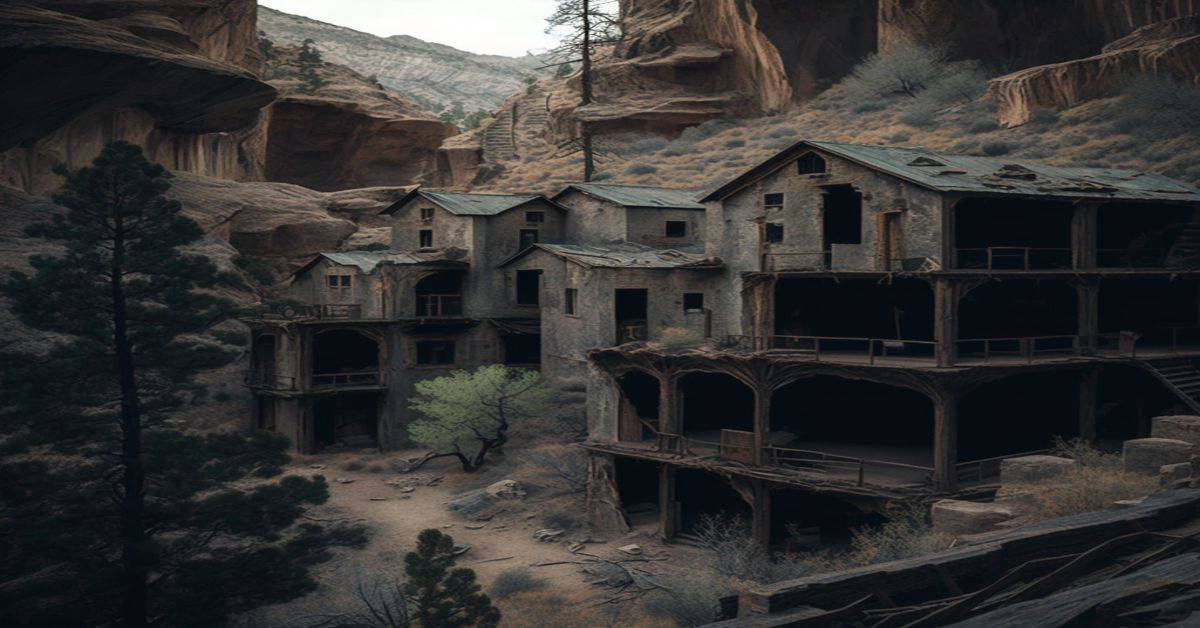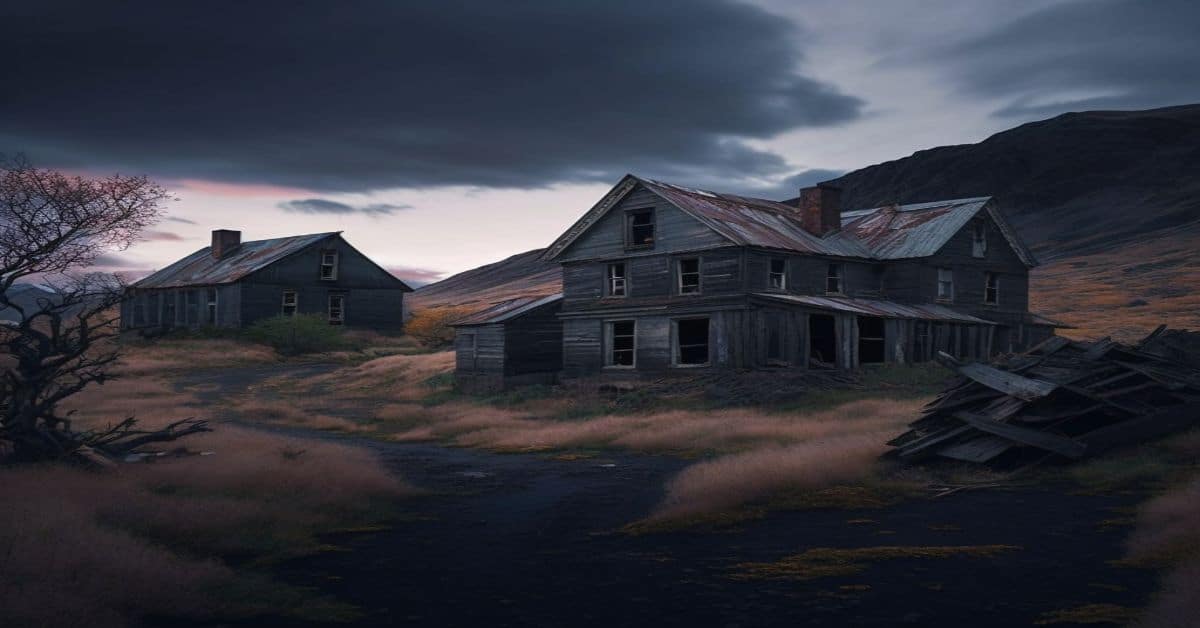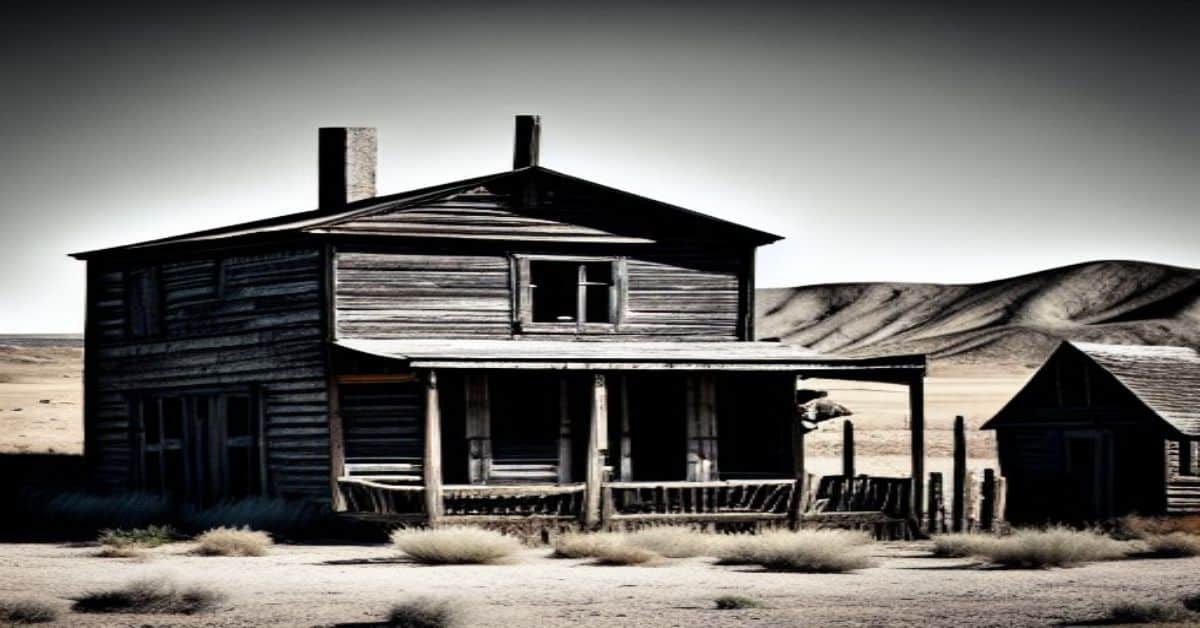The remnants of the past often lay hidden in plain sight, waiting to be discovered by those willing to venture beyond the beaten path. Like a buried treasure, they hold within themselves the stories of a bygone era, waiting to be unearthed.
One such forgotten relic of history is the Bullionville, also known as Dugway Mine, located in the Dugway mountain range of Utah. Once a thriving silver mining town, Bullionville was home to several mines, including the Silver King, Black Maria, and the Queen Of Sheba.
However, the town’s fortunes worsened when the proposed railroad never arrived, causing it to become deserted by the late 1880s. Today, the remains of the town stand as a testament to its past, a ghostly reminder of the bustling community that once called it home.
In this article, we shall delve into the history and remnants of the forgotten town, exploring its mining operations, desertion, and access.
Key Takeaways
- Dugway Mine is a ghost town in Utah’s extreme north end of the Dugway mountain range.
- Bullionville was a small camp that appeared after the first discovery of silver in the Dugways in 1870 and its leading mines were the Silver King, Black Maria, and the Queen Of Sheba.
- The town became deserted by the late 1880s due to the proposed railroad never arriving and mines closing.
- The remains include tailings, wood from collapsed buildings, and mining equipment, and the area is off-limits due to the Dugway Proving Ground, a test area for explosives and poison gas.
Location and History
The ghost town of Dugway Mine, located at the extreme north end of the Dugway mountain range in Utah, was initially established as Bullionville, a small camp that emerged after the first discovery of silver in the region in 1870. Bullionville’s leading mines were the Silver King, Black Maria, and the Queen Of Sheba, with smaller properties such as the Yellow Jacket, Harrison, Cannon, and Buckhorn also present.
However, the camp’s location in the desert country made hauling ore to the railroad unprofitable, leading to the construction of a smelter in Smelter Canyon. Unfortunately, the smelter required much water to operate, and the Dugway Range had little of it. As a result, the mines closed, and by the late 1880s, Bullionville was a deserted camp.
Despite its failure, the Dugway Mine provides exploration opportunities for those interested in ghost towns and mining history. However, it is important to note the town’s establishment’s impact on local indigenous communities. The arrival of miners and the camp’s establishment disrupted traditional land use practices and lost access to important resources for these communities.
As such, it is essential to approach the exploration of this abandoned town with an understanding of its historical context and the impact that its establishment had on the surrounding area.
Remains and Access
Located at the extreme north end of the Dugway mountain range in Utah, the remains of a deserted silver mining town include scattered tailings, collapsed buildings, and rusted mining equipment that paint a poignant picture of a once-thriving community.
Exploring these artifacts can be a fascinating experience for history buffs and adventure seekers. Visitors can hike the trails that wind through the remains of the town, tracking the progress of a bygone era. Signs warning visitors to keep their distance from the old camp in Smelter Canyon serve as a reminder of the dangers that once faced the workers who toiled in the mines.
Accessing the site requires some effort, but the journey is well worth it for those interested in history and the beauty of the Utah desert. The best way to reach the Dugway Mine is to take the Pony Express trail just west of the Dugway geode beds. Visitors should remember that the north end of the range is off-limits due to the Dugway Proving Ground, a test area for explosives and poison gas.
Exploring the remains of the Dugway Mine can transport visitors to a different time, giving them a glimpse into the past and a deeper understanding of the harsh realities that shaped the history of this part of the American West.
Mining and Desertion
Mining played a significant role in the rise and fall of the small silver mining town in the Dugway mountain range. The discovery of silver in the Dugways in 1870 led to the establishment of Bullionville, a camp that grew around the mining industry. The leading mines in the area were the Silver King, Black Maria, and Queen of Sheba, while smaller properties included the Yellow Jacket, Harrison, Cannon, and Buckhorn.
A smelter was erected in Smelter Canyon to process the mined ore, but the lack of water in the area made it difficult to operate. When the proposed railroad that was expected to make hauling ore to the railroad profitable never arrived, mines closed and the late 1880s deserted the town. The remains of the town now include abandoned infrastructure, such as tailings and mining equipment, which stands as a reminder of its past.
The impact of mining on the environment was significant in Dugway Mine. The mining process involved digging deep into the earth, which damaged the natural landscape and uprooted vegetation. The smelter also emitted pollutants that contaminated the air and water in the area. The impact of the mining activities on the environment still remains today, with the abandoned infrastructure acting as a constant reminder of the environmental impact of mining.
Today, the area is protected from further damage as the north end of the range is off-limits due to the Dugway Proving Ground, a test area for explosives and poison gas. The remains of the town serve as a valuable historical reminder of the impact of mining on the environment and the importance of responsible and sustainable mining practices.
Frequently Asked Questions
What was the population of Bullionville at its peak?
At its peak, Bullionville’s economy was driven by silver mining, with leading mines such as the Silver King, Black Maria, and the Queen Of Sheba. However, no record of the town’s population indicates its historical significance as a forgotten ghost town.
Were any other minerals besides silver mined in Dugway Mine?
It is unclear if any other minerals besides silver were mined in Dugway Mine. However, the area has exploration potential due to its mineral diversity, including copper, gold, lead, and zinc, and potential for rare earth elements. Further exploration would be necessary to confirm these resources.
What was the cause of the smelter’s failure to operate?
The smelter’s failure to operate was due to the root cause of a lack of water, which had a significant environmental impact on the Dugway Range. The smelter required substantial water to function, but the area had limited water resources, causing its closure.
Is there any evidence of Native American presence in the area?
There is evidence of Native American presence in the area surrounding Dugway Mine, as archaeological digs have uncovered artifacts such as rock shelters and petroglyphs. However, there is no evidence of Native American activity specifically in the town of Bullionville.
Has there been any exploration for potential mining opportunities in the area since the town’s abandonment?
Exploration prospects for mining opportunities in the area of Dugway Mine have been limited due to the Dugway Proving Ground. However, the economic potential of the remaining high-grade ore is uncertain and further exploration is needed.


